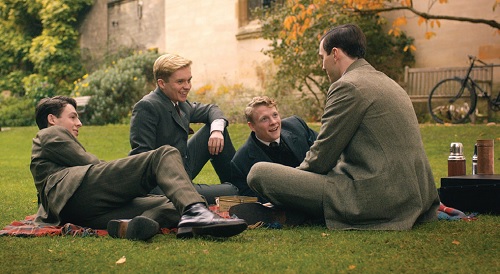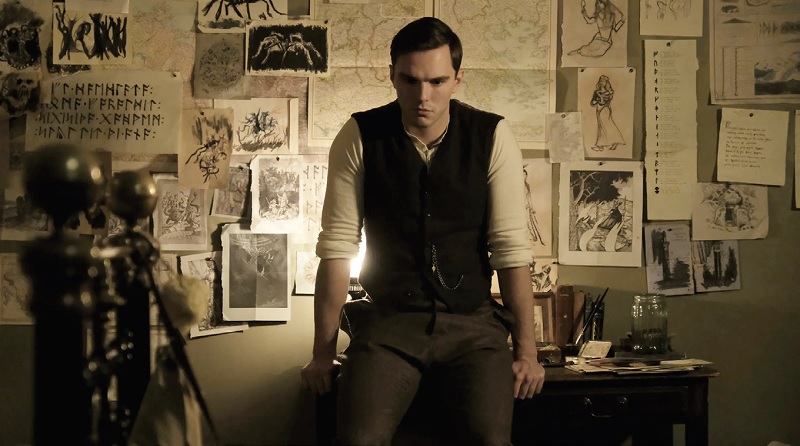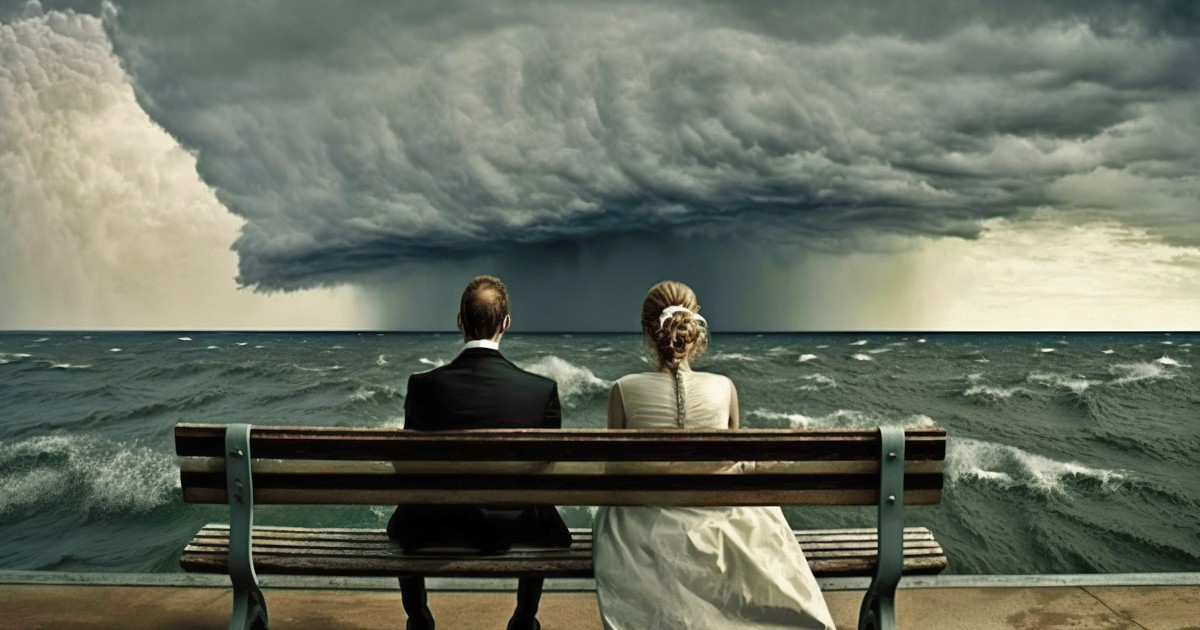But what about the man behind the books? Who was J.R.R. Tolkien and what inspired him to write such imaginative novels? The fascinating story of his life is told in a new biopic, Tolkien, in theatres this month.
A Friendly Fellowship
While The Lord of the Rings was published when Tolkien was in his 60s, Tolkien takes viewers back to the author’s childhood. Many filmgoers may not know that Tolkien and his younger brother, Hilary, were orphans—their father died when Tolkien was four years old and their mother when he was 12.
Fortunately for Tolkien, who showed great intelligence from an early age, he earned a scholarship to King Edward’s School in Birmingham, England, a prestigious boys’ school. As the film shows, Tolkien had difficulty fitting in, given his background. Nevertheless, he forged deep friendships with three other young outcasts there—Robert Gilson, Geoffrey Bache Smith and Christopher Wiseman—who together created a semi-secret society called T.C.B.S. (the Tea Club and Barrovian Society).
As Tolkien says in the film, the purpose of T.C.B.S. was to “change the world through the power of art.” But the society was much more than that for Tolkien (played by Nicholas Hoult); it was a fellowship. Years later, it would become the blueprint for the Fellowship of the Ring depicted in his trilogy—the group of men tasked with destroying the One Ring to save Middle-earth.
 Tolkien’s Tea Club and Barrovian Society became the blueprint for the Fellowship of the Ring depicted in his trilogy
Tolkien’s Tea Club and Barrovian Society became the blueprint for the Fellowship of the Ring depicted in his trilogy
Unfortunately, as in The Lord of the Rings, that fellowship would not last forever. When the First World War broke out in 1914, Tolkien and his friends were drawn into the fray. Suddenly, his plans to marry his sweetheart, Edith Bratt (played by Lily Collins), and start an academic career were put in jeopardy. He and his T.C.B.S. friends were separated.
While he did marry Edith in 1916, Tolkien was sent to France only a few months later where he fought in the Battle of the Somme, one of the deadliest battles of the war. Tolkien depicts these war scenes in vivid detail, driving home the horrors of the trenches. The film draws explicit parallels between these experiences and Tolkien’s later writings, as the exploding bombs he and his comrades face in Tolkien bear a striking resemblance to some of the evil creatures depicted in The Lord of the Rings. The friendships he made during the war are also reflected in his later works: After the trilogy was published, Tolkien stated that the character of Samwise Gamgee was inspired by his fellow soldiers.
Tolkien left the battlefield in October 1916 after contracting an illness. Sadly, some of his “fellowship” did not make it home—both Gilson and Smith were killed in action.
Infused With Faith
An experience like the First World War would be enough to challenge anyone’s faith in God. But for Tolkien, who was a devout Christian, this was not the case.
Before she died, Tolkien’s mother arranged for her sons to be brought up by Father Francis Morgan, a Catholic priest in Birmingham. The faith Tolkien developed as a child stayed with him his entire life and gave him strength during and after the war. As biographer Bradley J. Birzer writes in J.R.R. Tolkien’s Sanctifying Myth, Tolkien believed that the loss of his closest friends during the war “gave him an even greater duty to carry on their jointly conceived project, which was to do God’s will in the world.”
As a result, Tolkien’s faith infused everything he wrote. Tolkien acknowledged in a letter that The Lord of the Rings is “a fundamentally religious and Catholic work; unconsciously so at first, but consciously in the revision.” While there are no direct references to his faith in the books, it comes through in the story itself. Consider the humble hero of the trilogy, Frodo, who carries the One Ring to Mount Doom in order to destroy it and save Middle-earth. His selfless actions echo those of Jesus, who carried His cross to Calvary and died in order to destroy the power of sin and death. Motivated by His love for the world (see John 3:16), Jesus sacrificed Himself to save all of humanity.
Tolkien takes viewers into the darkest time of the author’s life. But as Tolkien believed and his books demonstrate, darkness cannot withstand light. Love conquers all.










Comment
On Saturday, May 11, 2019, John Stephenson said:
Leave a Comment